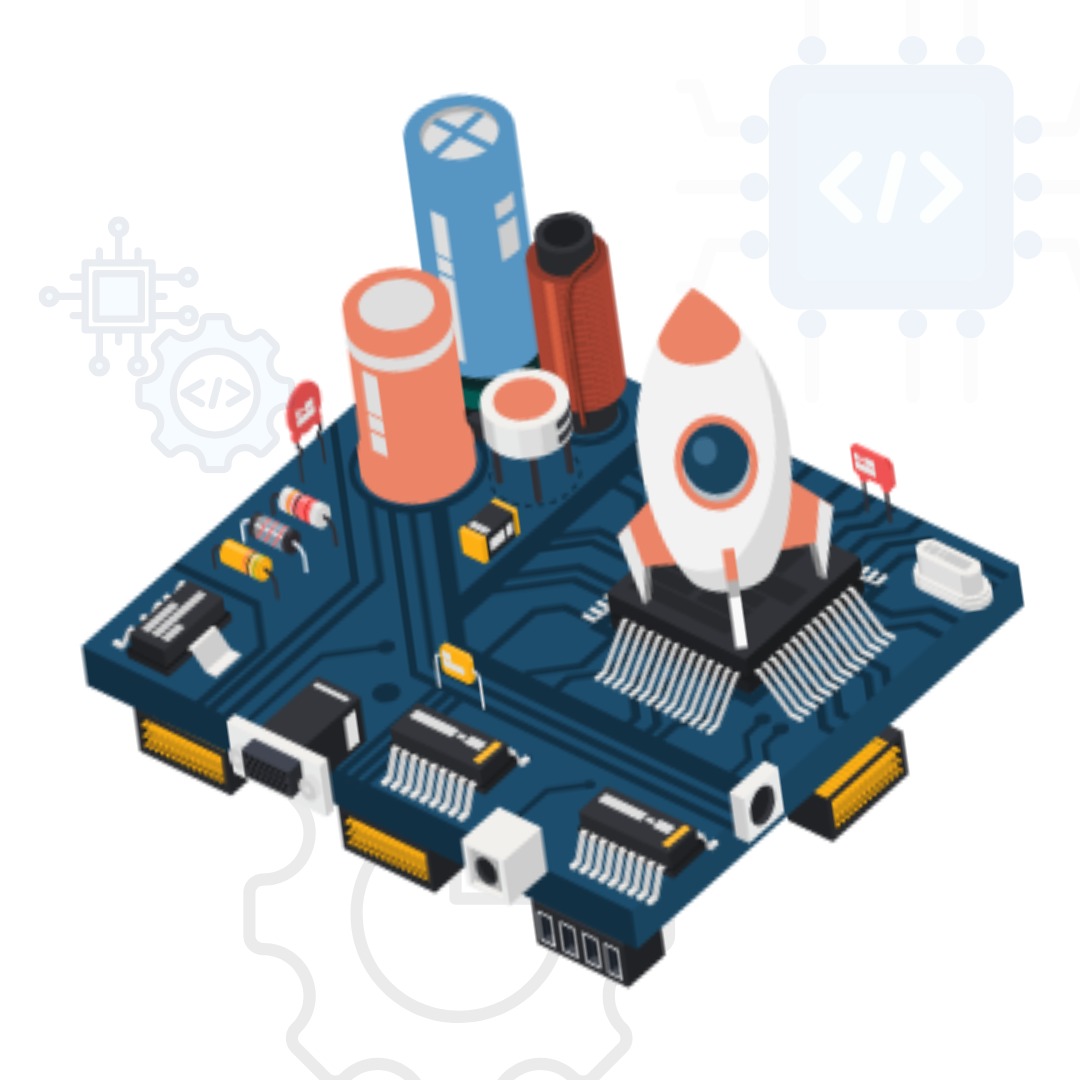
A combination of computer hardware and software, either programmable or fixed in capabilities, intended for a particular function or functions within a larger system is called an embedded system. Vehicles, medical equipment, cameras, home appliances, airplanes, vending machines, toys, industrial machinery, agricultural and process sector gadgets, and mobile devices are all potential places for an embedded system.
Embedded systems are computing systems, but they can range from having no user interface for example, on devices in which the system is designed to perform a single task -- to intricate graphical user interfaces used in mobile devices, for example. Buttons, LEDs, touchscreen sensors, and other elements can be included into user interfaces. Remote user interfaces are also used by some systems.
History of embedded systems
Embedded systems date back to the 1960s. Charles Stark Draper developed an integrated circuitin 1961 to reduce the size and weight of the Apollo Guidance Computer, the digital system installed on the Apollo Command Module and Lunar Module. The first computer to use ICs, it helped astronauts collect real-time flight data.
In 1965, Autonetics, now a part of Boeing, developed the D-17B, the computer used in the Minuteman I missile guidance system. Most people agree that it was the first embedded system to be mass-produced. When the Minuteman II went into production in 1966, the D-17B was replaced with the NS-17 missile guidance system, known for its high-volume use of integrated circuits. The first car system to be introduced in 1968 was the Volkswagen 1600, which used an embedded system to control its electronic fuel injection system.
The cost of integrated circuits decreased and their use increased by the late 1960s and early 1970s. In 1971, Texas Instruments produced the first microcontroller. When the TMS 1000 series went on sale in 1974, it had a 4-bit CPU, read-only memory (ROM), and random-access memory (RAM). In bulk orders, it cost about $2 per unit.
Also in 1971, Intel released what is widely recognized as the first commercially available processor, the 4004. Although it needed support chips and permanent memory, the 4-bit microprocessor was intended for use in calculators and tiny gadgets. The 8-bit Intel 8008, which made its debut in 1972, contained 16 KB of memory, compared to 64 KB for the Intel 8080, which made its debut in 1974. The x86 series, which replaced the 8080, was initially introduced in 1978 and is still widely used today.
Wind River created the first embedded operating system, the real-time VxWorks, in 1987. Microsoft's Windows Embedded CE followed in 1996. The late 1990s saw the introduction of the first embedded Linux products. Nowadays, practically every embedded device runs Linux.
Embedded system hardware (microprocessor-based, microcontroller-based)
Embedded system hardware can be microprocessor- or microcontroller-based. In either case, an integrated circuit is at the heart of the product that is generally designed to carry out computation for real-time operations. Microprocessors are visually indistinguishable from microcontrollers, but while the microprocessor only implements a central processing unit (CPU) and, thus, requires the addition of other components such as memory chips, microcontrollers are designed as self-contained systems.
Microcontrollers include not only a CPU, but also memory and peripherals such as flash memory, RAM or serial communication ports. Microcontrollers are often used on more difficult jobs since they have a tendency to create complete (but relatively modest computing power) systems. Microcontrollers, for instance, are utilized in the functioning of automobiles, robots, medical equipment, and household appliances, among other things. Although there is no precise distinction in terms of RAM, clock speed, and other factors, the term "system on a chip" (SoC) is frequently used to refer to microcontrollers with higher capabilities.
In 2013, the embedded market was valued at about $140 billion, and several analysts predict that it will reach $20 billion by 2020. Many well-known names in the computer industry, including Apple, IBM, Intel, and Texas Instruments, as well as a host of other businesses that are less well-known to people outside the industry, manufacture chips for embedded systems. One of the most significant vendors in this market is Arm. The business started off as a spinoff of Acorn, a British manufacturer of early personal computers. Based on the reduced instruction set computer (RISC) architecture, Arm chips are manufactured under license by other businesses and are frequently found in mobile phones. With billions of units deployed, they continue to be the most widely used SoC in the embedded industry.